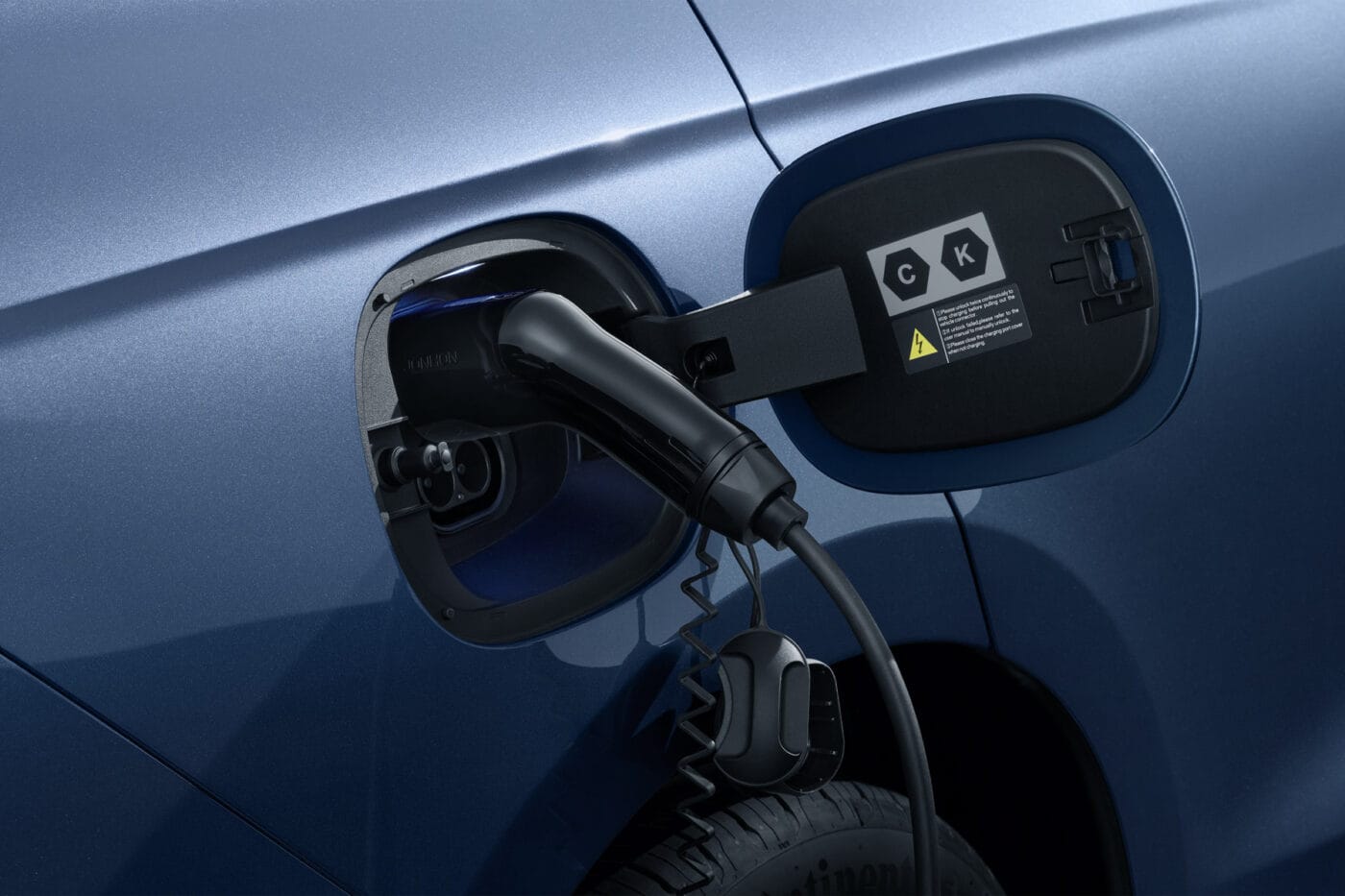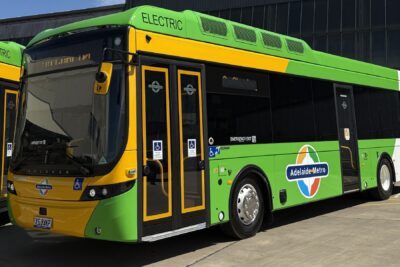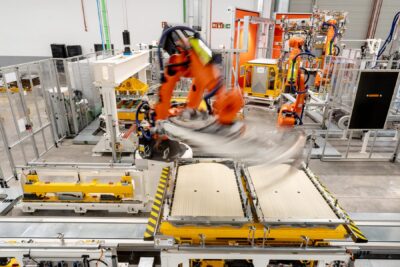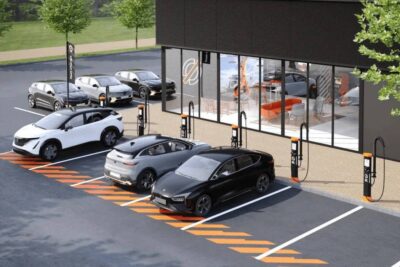More range and efficiency: China tightens rules for NEVs
New Energy Vehicles (NEVs) now account for nearly half of all new car sales in China, and the trend continues to rise sharply. In August 2025, the share of electrified models reached 48.8 per cent, setting a new record. This category includes pure electric vehicles, range-extender EVs, fuel-cell vehicles, and plug-in hybrids, which are not only directly subsidised in China but also receive additional tax benefits.
The Chinese government is updating the requirements for vehicles to qualify for tax incentives to reflect current technological standards. The Ministry of Industry and Information Technology, the Ministry of Finance, and the tax authorities have jointly published a catalogue of stricter technical requirements that must be met for owners to receive tax benefits. The new regulations come into effect on 1 January 2026.
40 per cent of plug-in hybrids face removal
The climate benefits of plug-in hybrids are often questioned, which is why the changes for this drivetrain are the most significant. Previously, plug-in hybrids had to offer an electric range of more than 43 kilometres to qualify for subsidies. From 2026, they must achieve more than 100 kilometres.
From a European perspective, this may sound high, but Chinese manufacturers often equip their plug-in hybrids with comparatively large batteries. The BYD Tang DM-i achieves 175 kilometres under the applicable Chinese standard, while the Zeekr 9X reaches up to 300 kilometres.
Experts cited by the Chinese financial newspaper NBD estimate that around 40 per cent of plug-in hybrid models currently available in China will be removed from the eligible list because their pure electric range is too low. These models are mostly positioned in the entry-level segment and are expected to see considerable price reductions towards the end of the year.
The government is also tightening efficiency requirements. Fuel consumption of plug-in hybrids must not exceed 70 per cent of the standard limit for conventional internal combustion vehicles, rising to 75 per cent for vehicles over 2,510 kilograms. Electricity consumption is also restricted: depending on weight, hybrids may exceed the standard value for pure electric vehicles by no more than 40 to 45 per cent.
Efficiency is increasingly important for BEVs as well. The Chinese government has now set a new national standard that is 11 per cent lower than the previous one. To continue benefiting from tax incentives, manufacturers will need to focus more on drivetrain efficiency. The previous exemption for vehicles over 3.5 tonnes has been removed, meaning that the largest vehicles will now fall under the same rules from 2026.
This article was first published by Elias Holdenried for electrive’s German edition.





0 Comments